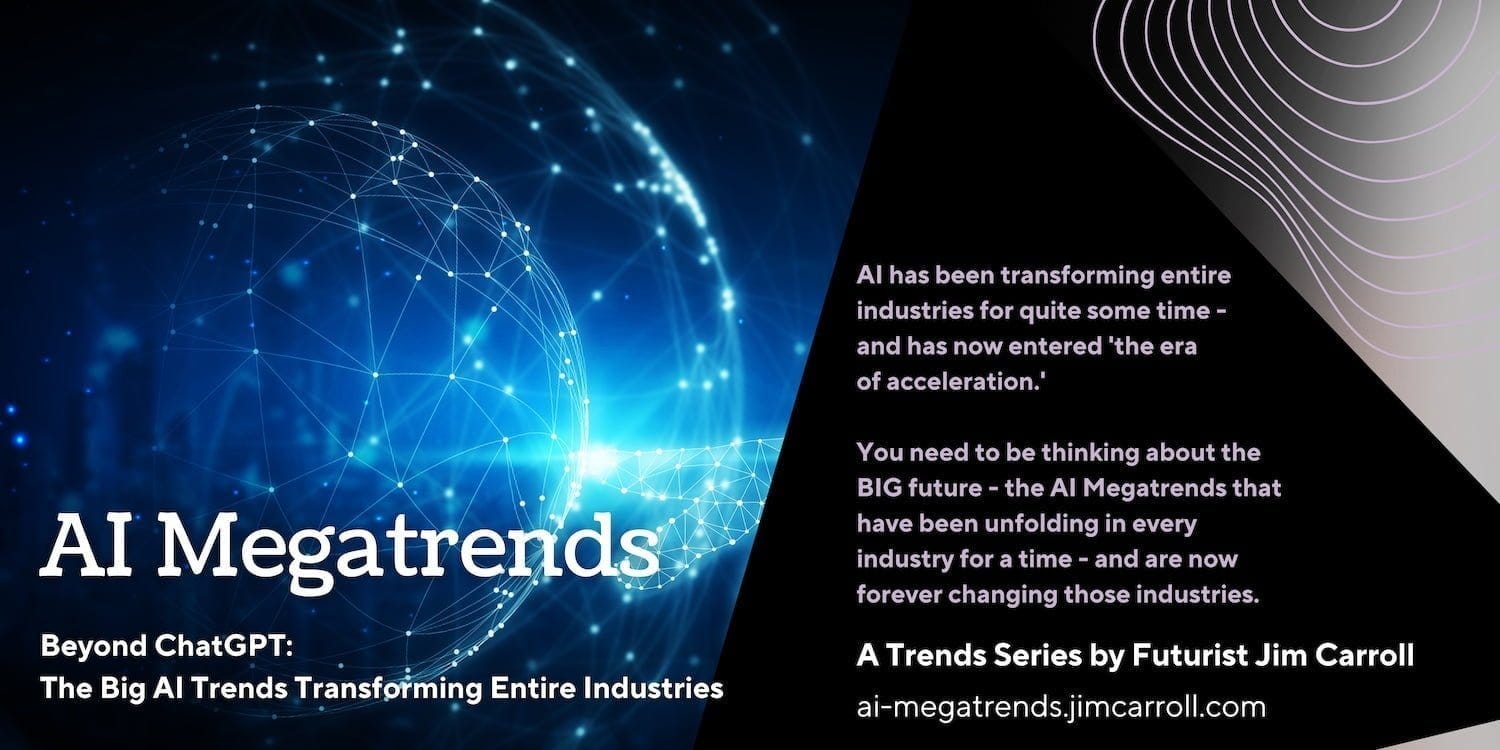I did! I said that!
Let's start here. The wildfires in Canada, and the environmental impact on Eastern North America, are certainly top of mind. The sudden flaring of the fires early in the season, the weather pattern that is bringing the smoke on a freight train of air directly south, and the potential health risks, seem to be coming way too soon this year. And already, the inevitable societal polarization is occurring, as those who point out that this is a direct consequence of the acceleration of global warming are being attacked by those of the deny-everything class.
That's why, as I've been busy doing a deep dive into the role of AI in the energy and utility sector, this article that turned up in my research immediately caught my attention:
Portland General Electric is investing more than $20 million in its wildfire mitigation and resiliency plan this year, Oregon’s largest electricity company said Wednesday. This includes increasing inspections of utility poles, expanding what it considers “high risk zones” and deploying more advanced technology – like high-def AI cameras – to detect wildfires across the region.
As energy companies across the country struggle to figure out how to respond to climate change, PGE is spending more money than ever to prevent its equipment from igniting a devastating wildfire, and, if it does, to stop a blaze as quickly as possible.
PGE details investments in AI cameras, iron utility poles, high-tech fuses to prevent devastating wildfires
24 May 2023, The Oregonian
The article goes on to note the use of AI-enhanced cameras that can be used for fire detection, perhaps helping to mitigate fire risk through earlier detection:
Last year, the company piloted the installation of 26 panoramic AI-enhanced cameras, which automatically notify PGE and local public-safety agencies – as well as the Oregon Department of Forestry, the U.S. Forest Service and the Confederated Tribes of Grande Ronde – when they detect heat, smoke or fire. The project proved successful, with the cameras detecting multiple small fires in 2022, according to PGE’s report.
This year, the utility is adding six more cameras to the high-risk zones, each covering about a 10-mile view, typically atop large communication towers several hundred feet tall. As the company collects data from the cameras, images that include private residences or businesses are pixelated for privacy.
The cameras can dramatically cut down the time it takes firefighters to figure out exactly where a fire is burning.
PGE details investments in AI cameras, iron utility poles, high-tech fuses to prevent devastating wildfires
24 May 2023, The Oregonian
To me, that's the type of strategic potential for AI that organizations need to be focused on - how might a particular AI tool help my organization achieve some of its key strategic objectives? For PG&E, which has had to prioritize the management of emerging fire risks, this is a key strategic opportunity.
It's that type of insight that has been flowing into my AI-Megatrends series. I've been doing a deep dive into the role of AI within many different industries, taking a look at what has already been happening with AI and what is yet to come. So far, I've covered the insurance, agriculture, healthcare, manufacturing, and construction sectors. My research into the role of AI in the energy and utility sector - which will come out in the next few days - examines this type of emerging or existing AI technology. I can assure you that there is much more going on than what is happening with ChatGPT!

To me, this is the type of thing that a CEO or other senior executive needs to understand about AI - what technologies exist within AI that might fulfill some type of key business strategy? What might the role of AI be in helping to achieve the key goals that underlie any strategic initiative - specifically, how might technology be used to help us to better run our business better, grow our business, or transform the business? In this case, a specific fire-mitigation tool fits within the 'run' and 'transform' boxes nicely.
That's why, within my AI Megatrends series, I'm going beyond the technology to examine real strategic opportunities. In any particular sector, industry, or organization, there are dozens if not hundreds of real strategic opportunities that either already exist or are unfolding at a rapid speed, and leadership teams need context on what's going on. With that in mind, you shouldn't be chasing the fascinating new things unfolding with ChatGPT, MidJourney, and all the other powerful tools and technologies emerging in the AI space to chase them. You should be chasing a strategy. Where do they fit a strategic purpose? How might they help you run your business better, grow your business, or transform your business?
There is so much more going on with AI than what you are seeing in the media right now- and that's why strategy-oriented leadership teams are focused on chasing the strategy within the trend - not chasing the crowd who are following a trend.
It's a subtle distinction, but an important one.
Futurist Jim Carroll speaks at a LOT of CEO or senior executive leadership meetings, often examining a key trend that an organization is thinking about. Learn more at https://ceo.jimcarroll.com
Thank you for reading Jim Carroll's Daily Inspiration. This post is public so feel free to share it.

